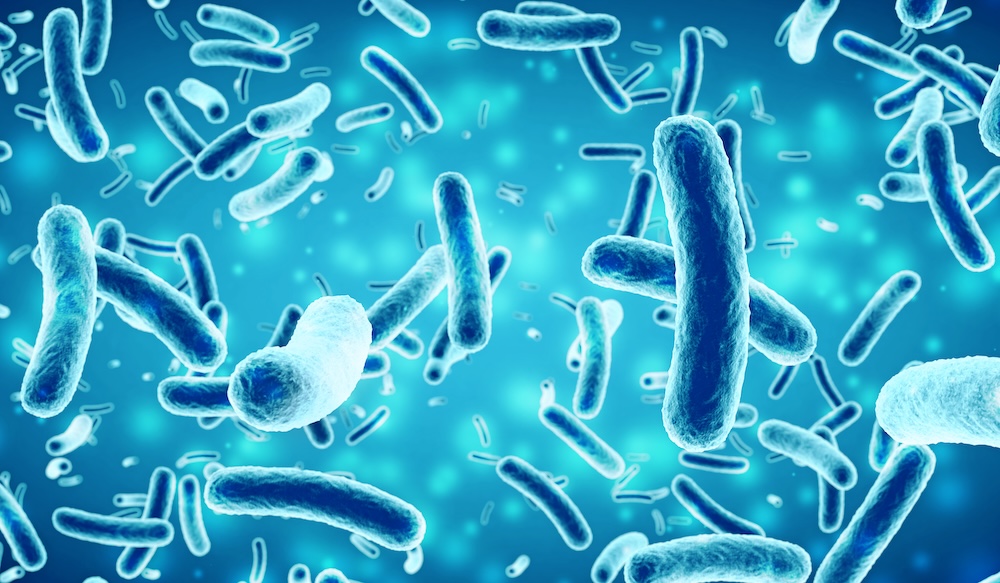Why Your Microbiome Matters in a Sanitized World
In 2025, we know more than ever about the microbiome—the ecosystem of beneficial bacteria, viruses, and fungi that live in and on our bodies. These microorganisms play a critical role in digestion, immunity, brain function, and even mood regulation.
But what happens when we constantly kill microbes—on our hands, countertops, and everything we touch? Many modern disinfectants don’t discriminate between good and bad microbes. And over-sanitization could have lasting consequences on our health.
What Is the Human Microbiome?
- Trillions of microorganisms living in the gut, skin, mouth, and other areas
- Functions like a secondary immune system
- Influences nutrient absorption, inflammation control, and mood
What Are Disinfectants?
Disinfectants are chemicals designed to kill bacteria, viruses, and fungi on surfaces. They’re commonly found in:
- Household cleaners (e.g., bleach, Lysol)
- Hand sanitizers
- Hospital and food service sanitizers
- Antimicrobial soaps
How Disinfectants Affect Microbial Life
Non-Specific Killers
Most disinfectants kill broad-spectrum microorganisms—meaning they don’t differentiate between helpful and harmful bacteria.
Residue and Repeated Exposure
- Residues from antimicrobial products can linger on surfaces, clothing, or skin
- Repeated exposure may shift microbiome composition over time
The Gut-Skin-Lung Connection
Emerging science shows a link between:
- Gut microbiome and immunity
- Skin microbiome and eczema, acne, and wound healing
- Lung microbiome and asthma or respiratory health
Excessive disinfectant use may weaken these ecosystems, increasing vulnerability to:
- Infections
- Autoimmune conditions
- Allergies
Specific Ingredients of Concern
Triclosan (banned in many countries but still present in some products)
- Linked to hormonal disruption
- Contributes to antibiotic-resistant bacteria
Quaternary Ammonium Compounds (Quats)
- Found in sprays and wipes
- Potential respiratory irritant
- Disrupts microbiota with prolonged use
Alcohol-Based Sanitizers
- Effective for infection control
- Repeated use may dry out skin and impact skin microbiota
The Rise of the Hygiene Hypothesis
The hygiene hypothesis suggests that overly sterile environments, especially in early childhood, may:
- Prevent proper immune development
- Increase allergies, asthma, and autoimmune disorders
Kids raised in overly disinfected homes may have:
- Fewer microbial exposures
- Increased health risks later in life
How to Balance Cleanliness and Microbial Health
Clean, Don’t Sterilize
- Use soap and water for routine cleaning
- Reserve disinfectants for high-risk areas (bathrooms, cutting boards, illness)
Ventilation Helps
- Indoor air holds VOCs and residue from cleaners
- Fresh air can reduce microbial imbalance indoors
Support Your Microbiome
- Eat prebiotic and probiotic foods
- Avoid unnecessary antibiotics
- Use microbiome-friendly skincare
Choose Safer Cleaners
- Look for products labeled:
- Biodegradable
- Fragrance-free
- EPA Safer Choice or EWG Verified
Common Questions About Disinfectants and the Microbiome
Should I stop using disinfectant completely?
No. Just use it strategically—not obsessively.
What’s safer than bleach?
Hydrogen peroxide, soap and water, and vinegar (non-disinfecting but useful for cleaning)
Are natural products better?
Often—but “natural” doesn’t always mean microbiome-safe. Check labels and ingredients.
Can I rebuild my microbiome?
Yes, over time—especially through diet, exposure to nature, and avoiding over-sanitization.
Final Thoughts: Clean Doesn’t Mean Sterile
You don’t need to kill every germ to be healthy. In fact, your body needs microbes to function properly. By understanding how disinfectants affect your microbiome, you can make smarter, safer cleaning choices.
In 2025, health isn’t just about avoiding illness—it’s about supporting the microscopic life that supports you.









Reader Interactions